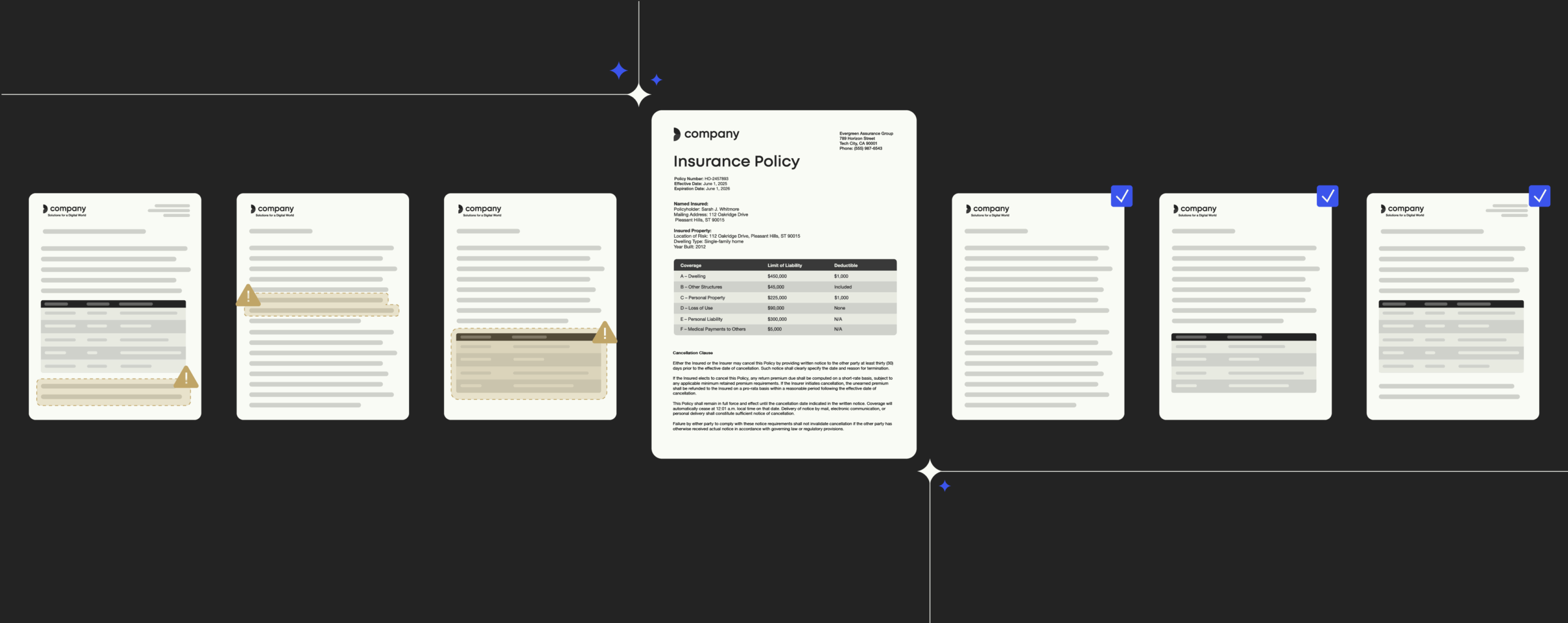Make the most of cloud migration with effective IT change management

This article outlines the problems associated with Shadow IT in enterprises during and after cloud-migration.
We describe the negative impact shadow IT has on your IT security and productivity, thus reducing the value of a company’s investment in the cloud. Learn how your IT change management processes and Templafy can effectively combat shadow IT, provide a positive employee experience, and maximize investment in cloud migration.
Life after cloud migration – navigating IT change management
For most enterprises, cloud-migration is underway or completed by now. But as with all new digital structures, there are probably still some change management obstacles to overcome. This article sheds light on how to prevent shadow IT and how to avoid undermining enterprise IT change management processes.
Today, apps are ubiquitous and there seems to be a different app for every problem in our lives. While this has many benefits for individuals, it can create a ‘shadow IT’ effect in organizations. Staff choose to download software applications they perceive as being useful to their job without first consulting the IT department.
Shadow IT is one of the biggest IT change management risks for a company’s digital transformation journey. If staff aren’t using the systems provided by IT departments and instead opt to use shady third-party systems, it undermines the digital transformation investments and may introduce security threats.
Rather alarmingly, according to research by Everest Group, a staggering 50% or more of IT spending in large enterprises is used on shadow IT resources. Classic IT management definitions may overlook the difficulties faced when introducing new technology to organizations.
Further reading: Shadow IT in a nutshell: Minimize security risks for your company
The risks to security, productivity and investment
Microsoft’s Office 365 is a prime choice for the majority of enterprises as a leading provider of productivity software and at a lower cost than Microsoft’s traditional licensing. However, this investment is under constant threat from the Shadow IT phenomenon.
It’s human nature to seek out the fastest route to success. In this age of BYOD (bring your own device), the fastest route for a tech-savvy employee might seem to be a downloaded app that promises to make their work-life ‘better’. There may or may not be any actual personal benefit – often downloaded apps are simply familiar ones. The result is that for each of these rogue apps touching the company’s IT ecosystem, cloud security is put in jeopardy and productivity is lowered (compared to an optimized system).
Shadow IT is a tricky problem to circumvent. Taking measures to ban all non-approved apps is difficult to enforce as well as time and resource consuming. However, to borrow that old adage ‘prevention is better than cure’, this is an approach that is likely to have the most success while avoiding friction between IT and employees.
Meanwhile, the security risks cannot be understated. Shadow IT can be highly vulnerable to attacks given that IT testing procedures are bypassed at introduction. Industry analyst firm, Gartner predicts that by 2020, one-third of successful attacks will happen on a company’s shadow IT resources.
Overcoming employee pushback
When it comes to rolling out your digital transformation, surveys by Jabil show that employee resistance to changing technology is a recurring issue in companies of every size. Pushback to something new is a natural reaction for most people, meaning the employee resistance to a transforming digital environment should come as no real surprise.
Providing the tools that are best for the enterprise is not enough to ensure success. If fear of change is an issue, then alleviating concerns should be a priority.
A first step to alleviating concerns is to adopt a solution that puts the user first. Your IT change management principles should reflect this. Positive digital experiences are available through shadow IT, so it’s vital that the company provides a solution that is at least as good as those solutions. The solutions must be agile and designed with user experience in mind.
You also can’t sell a secret – you must effectively communicate the intention for this solution to all affected staff. A clear vision of the digital future reduces employee reluctance to adopt your solution and potentially finding shadowy alternatives.
So what needs to happen for a successful IT change management process flow to improve security, productivity, and help keep investment in Office 365 from losing value?
Read next: A Roadmap to Office 365 Productivity and Savings Benefits
IT Change Management Improvements Must Outperform Alternatives
It’s naive to think that shadow IT can be entirely overcome. The way the modern office operates and the prevalence of mobile technology is simply too open to rule out someone downloading an app they perceive will help them. However, there are solutions that, when implemented with IT change management procedures, will help mitigate the issue.
By providing easy options, and openly communicating an employee-centric vision, companies can nudge worker behavior to a more desired pattern to satisfy both sides. Simply put, if the company’s solution satisfies the user’s needs, it nullifies the desire to find a ‘better’ alternative.
Human beings are hardwired to take the path of least resistance. This is where Templafy’s effectiveness and popularity with employees (and management) are designed to help with a successful digital transformation:
1. Productivity: Templafy is embedded in the tools employees are already using
With the inherent ease-of-use, the path of least resistance is here, and now seeking apps outside of the task-environment becomes additional work. The SSO ensures access to the assets relevant to each user as administered by the company, giving optimized user experience for the employee. Templafy also integrates with your current CRM and DMS systems, keeping the workflow where the work is happening.
2. Security: Templafy integrates securely with Office 365
Templafy integrates seamlessly with Office 365, is hosted on Microsoft’s Azure cloud, and has been designed and rigorously tested to meet enterprise security standards. Templafy supports all the most commonly used Single Sign-On (SSO) technology, meaning that users are automatically signed into Templafy when they log into their computer. This avoids password fatigue and reduces user friction.
3. Compliance: Always compliant with latest company standards
Outdated document templates that don’t follow the latest company standards can put your company at risk of legal and brand incompliance. The third benefit is a controlled, comprehensive, and user-friendly environment inside Office 365. Easy access to your company’s centrally managed document templates and digital assets means employees stay on-brand and legally compliant by default.
With Templafy, IT management can introduce a software so efficient and user-friendly that employees are likely to immediately recognize its benefit. This increases the likelihood that employees will choose Templafy over a less secure shadow IT option. At the same time, it can increase the investment on existing software platforms such as Office 365 and the CRM, DMS or DAM systems your organization is using.
Key takeaways:
- Shadow IT left unchecked can lead to compromises in company security. Having a clear picture of how much Shadow IT is present in an enterprise is a difficult and costly task to assess. Everest Group estimates that over 50% of IT spending is on Shadow IT not approved by enterprise level IT management.
- Dealing with employee pushback to the changes in digital transformation is a prevalent roadblock that must be addressed at every level of the digital transformation process.
- A large IT change management concern should be to offer a solution that is better than the shadow IT alternatives. Mitigating the main reasons employees use outside apps is central to Templafy’s solution which operates in an intuitive, user-friendly manner. Templafy eliminates the need for external apps by making workflow more efficient.
- A seamless integration with Office 365 means Templafy operates within the secure Microsoft Azure environment utilizing SSO, which is the key to providing employees with a personalized document experience to significantly boost productivity.


